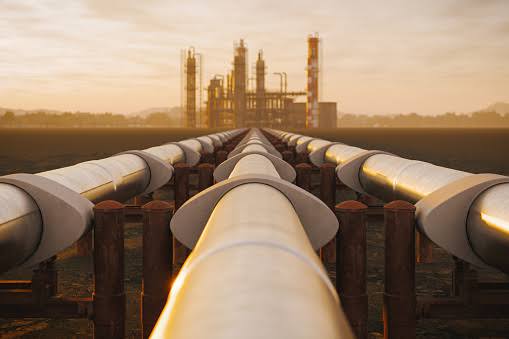Market Analytics and Considerations
Key Notes
On Monday, oil prices increased by more than 1% as a crucial pipeline that supplies the US remained closed and Russian President Vladimir Putin warned to reduce production in retribution for a Western export price ceiling.
By 0500 GMT, Brent crude futures had increased by 46 cents, or 0.6%, to reach $76.56 per barrel. U.S. West Texas Intermediate crude was up 57 cents or 0.8% at $71.59 per barrel.
Following dips in both grades last week to their lowest numbers since December 2021 amid worries that a potential global recession may affect oil demand, prices for Brent and WTI increased on Monday.
The Keystone oil pipeline breach in the United States last week has not yet been fully investigated, according to Canada’s TC Energy (NYSE:TRP), which stated this on Sunday. No timetable for the pipeline’s return to operation was provided.
A crucial route for delivering heavy Canadian crude from Alberta to refineries in the Midwest and Gulf Coast of the United States is the 622,000 barrels daily Keystone line.
The world’s largest importer of crude oil, China, continues to relax its strict zero-COVID stance, but residents in Beijing’s capital city said a return to normalcy was still a ways away off as streets there remained quiet and many businesses were closed and over weekend.
Putin declared on Friday that Russia, the largest energy exporter in the world, might cut production and would refuse to supply oil to any nation that imposes a cap on Russian exports that is deemed “dumb” by the G7.
While price volatility remained high due to the ambiguity surrounding European Union restrictions on Russian oil and the associated price cap, the prohibitions have so far had little of an impact on the world’s markets.
The energy minister for Saudi Arabia also stated on Sunday that it was still unclear how the European price limit and punishment measures will be implemented and that their influence had not yet been clearly felt.









